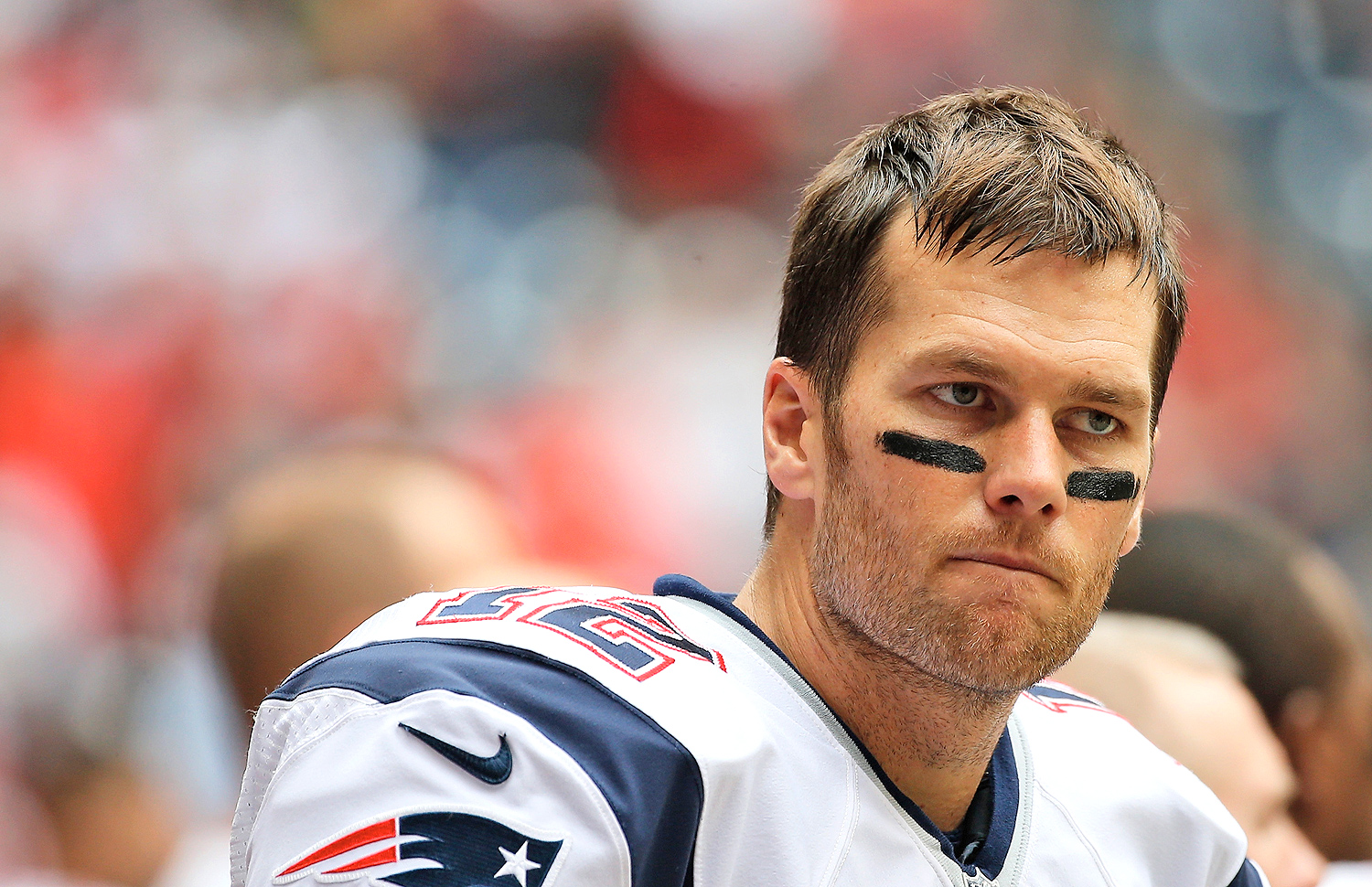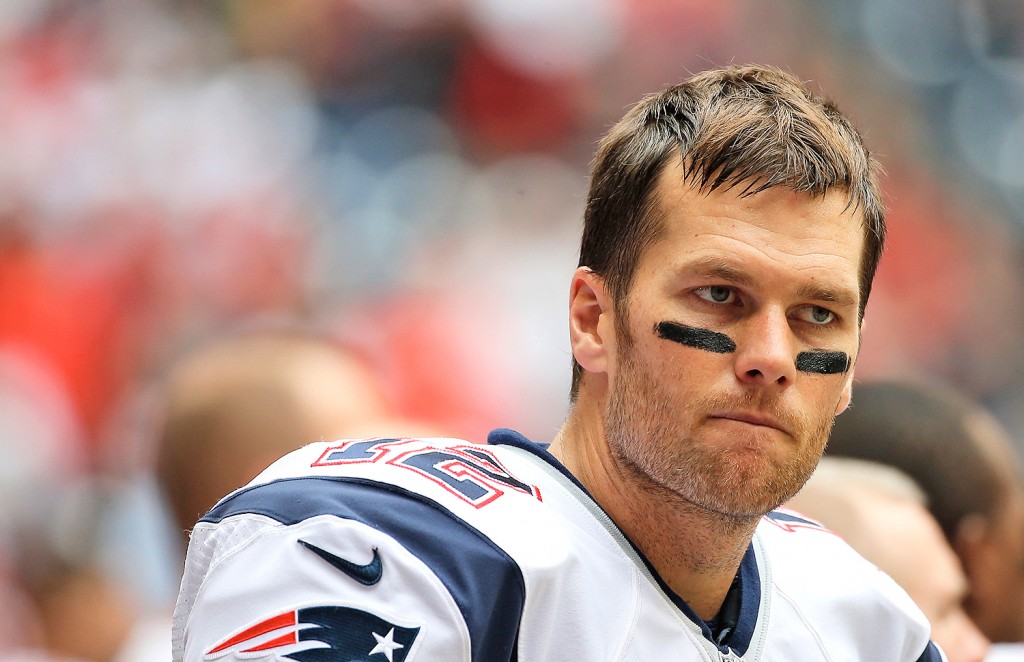Tom Brady Deflategate Raises Legal Questions???
Yesterday Tom Brady got his hands slapped lightly by a federal judge in New York to vacate the four-game suspension and now the Tom Brady Deflategate Raises Legal Questions?
Originally Tom Brady was suspended for four-game at the top of this season, but now he is cleared to play thanks to a federal judge in New York who threw out the suspension.
CelebNMusic247.com has this report about the The New England Patriots quarterback who got his suspension dismissed which is now raising legal questions about the league’s disciplinary process of the NFL.
How can the courts issue a four-game suspension in arbitration and then the courts flip their decision after the NFL appealed the decision?
[rpi]
Here is the report via ESPN that questions the league’s disciplinary process:
Was any of this a surprise?
ESPN first reported on August 28th that “Brady will not succeed. Although he enjoys top-of-the-line legal representation and his lawyers will file a brilliantly written lawsuit, his effort to stop the suspension is doomed. There are two reasons why: First, federal judges are reluctant to reconsider the rulings of arbitrators; second, Goodell produced a decision on Brady that is brilliantly reasoned, meticulously detailed, and well-written. Goodell’s recitation of the evidence of the tampering with game balls is powerful, and his description of Brady’s attempt at a cover-up is persuasive.”
Why are federal judges reluctant to reconsider an arbitrator’s decision?
“If federal judges were to offer reviews of arbitrator decisions made throughout the nation, their dockets soon would be filled with arbitration cases. Throughout American business and industry, there are agreements to submit disputes to arbitration. It is viewed as a less-costly and more-efficient way to resolve issues. It avoids the expense and the endless delays of litigation. An essential element of any arbitration is that it is final and cannot be reviewed.”
“Federal judges understand the theory behind arbitration, and they are already inundated with criminal cases and thousands of civil lawsuits. They know that an arbitrator has considered the evidence, and the judges do not want a second look at the evidence. Even when the arbitrator is totally wrong, most federal judges will not reconsider the ruling. In a notorious case involving former Los Angeles Dodgers baseball player Steve Garvey at the U.S. Supreme Court in 2001, the high court ruled that even when the arbitrator’s decision is “improvident or even silly,” it does “not provide a basis for a court to refuse to enforce” the arbitrator’s decision.”
Even though, U.S. District Court Judge David Doty in Minneapolis, who has presided over NFL litigation for 25 years, reversed the punishment imposed on Adrian Peterson, does it make it right to do the same for Tom Brady?
“Under powerful legal precedents, a federal judge ordinarily defers to the decisions of an arbitrator who, like NFL commissioner Roger Goodell, serves under a collective bargaining agreement between two parties. U.S. District Judge Richard M. Berman even noted this usual outcome in his decision. And the precedents are why Goodell and the league’s attorneys refused to settle with Brady and insisted on pushing Berman into a decision. But like the reversals of arbitrators’ decisions in the Ray Rice, Adrian Peterson and Bountygate cases, the judge found what he thought were significant flaws in the league’s processing of the investigation and in Goodell’s decision confirming the four-game suspension.”
What is the significance of this decision?
“It is an obvious triumph for Brady, but it is a highly significant victory for the NFL Players Association and its lead lawyer, Jeffrey Kessler.”
“The law that protects arbitrators’ decisions from judicial interference is a fundamental principle of American labor law. Goodell, in contrast to his bungling of the Rice, Peterson and Bountygate investigations, led a process that produced a solid investigation. Goodell’s 20-page decision was impressive in its analysis of the evidence and its application of the “conduct detrimental” clauses of the CBA and the standard player contract. It was a vast improvement over Goodell’s phlegmatic and occasionally incoherent testimony in the Rice arbitrations. And Brady blundered badly when he refused to cooperate with the investigation and destroyed evidence.”
“But the union was steadfast in its support of Brady, and Kessler and his team discerned flaws in the process that proved to be persuasive to Berman. The NFL has appealed Brady’s victory to a higher court, so Berman’s ruling as a trial court judge is not precedent-setting. That stated, should Brady win the appeal, the appellate court decision would be precedent-setting and would significantly diminish the NFL commissioner’s power under the collective bargaining agreement.”
“The Brady victory was a fine bit of leadership from the union and a stunning piece of lawyering from Kessler and the Winston & Strawn firm. This was not an easy case.”
What arguments were the keys?
“Berman ruled that the NFL had failed to provide “notice” to Brady that being “generally aware” of deflated balls was a form of misconduct and that obstructing an investigation was a second form of misconduct. The lack-of-notice idea looked as if it was something the Brady legal team had tossed against the wall to see if it would stick. Law professors and other legal analysts, including me, were not impressed with the argument.”
“Both the collective bargaining agreement and the standard player contract give the commissioner total authority to decide the definition of “conduct detrimental” to the league and to determine punishment for any such behavior. With this broad authority, it seemed that the league had no responsibility to specify forms of misconduct for its players and could levy any punishment it wished.”
“Following the arguments from Kessler to the letter, Berman ruled that Brady had no reason to expect punishment for withholding and destroying evidence. An argument from Brady’s attorneys seemingly made only in the absence of a more powerful argument actually proved to be the turning point for Berman.”
The league announced it will appeal the ruling, so what happens now?
“The league says it will not ask a court for the suspension to be upheld as it appeals the case, so Brady can play immediately. But there are reasons the league can and probably will succeed in its appeal of Berman’s ruling.”
“First, the league’s legal position remains strong. The rule that prevents federal judges from interfering with arbitrators’ decisions is a powerful doctrine in American law. Berman’s unexpected reasoning on the “notice” issue and on other issues is questionable. The most comparable decision in the rich history of NFL litigation was the similarly surprising ruling by U.S. District Judge Shira Scheindlin in 2004 that would have allowed Maurice Clarett to enter the draft before the three-year period specified in the collective bargaining agreement. Like Berman’s decision, the Clarett victory was a surprise to legal experts, and the NFL succeeded in reversing the ruling in an appeal.”
A second reason for the NFL to file an appeal is that the appeal would be in the 2nd Circuit Court of Appeals, a venue that the league selected when it filed the Brady case. League attorneys raced to the courthouse ahead of the Brady team to file litigation to keep this decision in the 2nd Circuit. The league has been successful in this court on previous occasions.
“Finally, it is easy to envision the league attorneys thinking: “We just had the wrong judge.” If so, why not take the case to three different judges in the higher court and see what happens? It will not happen quickly, but this is an appeal the NFL can win.”
Thoughts?
Should Tom Brady have been excuse from his 4 day suspension or should they have upheld the courts decision?









